Google Shopping retailers, now is the time to shine. Ecommerce is booming and now is the time to skyrocket your success—from the ground up.
In this guide you’ll learn how to improve your Google Shopping campaigns starting with the foundation—your product feed. Then you’ll segment your campaigns to match your products. With an updated campaign structure and fine tuned strategy, you’ll be able to direct ad spend with precision. Finally, we’ll cover the small stuff that can have a big impact on your account!
Want a quick-start to optimizing your campaigns? Check out this video: 3 High-Impact Optimizations for Google Shopping.
- Fix Your Google Shopping Campaigns – By Fixing Your Feed
- Update Your Campaign Structure
- Understand and Improve Your Google Shopping Strategy
- The Small Stuff (Settings to Check)

1. Fix Your Google Shopping Campaigns By Fixing Your Product Feed
Most businesses skip this step.
Most agencies forget it too—but you won’t!
If you think of your Google Shopping program like a house, your product feed is the foundation. Do you want a wobbly, thrown-together foundation that’s questionable at best? Or a sturdy, rock-solid base that’s built to last?
We both know the answer—secure and solid! So how can you ensure your account is earthquake proofed, flood proofed, and structurally sound?
Follow these 3 foolproof steps to perfect your product feed this year. First optimize your titles, descriptions and images. Next check attributes for errors. Finally, set pricing and look for MAP violations.
A. Titles, Descriptions, and Images
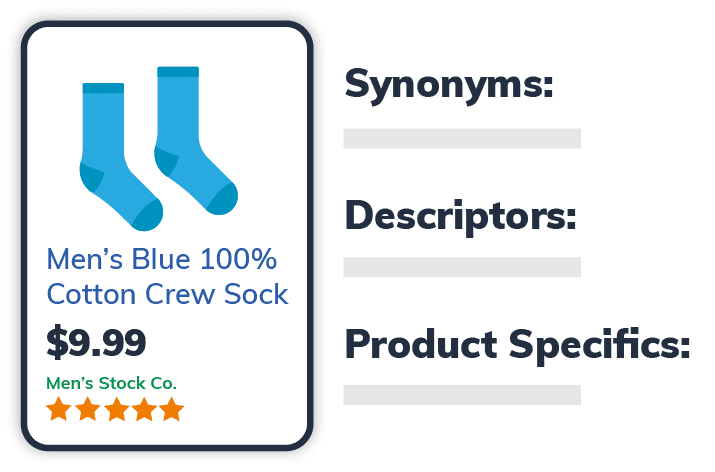
Write Converting Product Titles
There’s power in product titles—are you utilizing it? Good product titles are like a map. They lead your customers directly to your products—but in order to improve your Google Shopping campaigns, you have to speak the same language as your customers!
What words are they using to search for your products? Don’t leave them lost in the woods—make sure to include the following in your titles:
Synonyms: Couch/Sofa, Blue/Aqua, Collectible/Toy
Descriptors: 100% Cotton, Waterproof, Long-Sleeve
Product Specifics: 10 pack, 40 inch, Part Number
Want to learn more about optimizing your products? Get the complete guide to product titles.
Descriptions
Descriptions come second to titles—but are still important! Don’t risk product disapproval because of your description. Make sure you….
- Avoid special characters
- Avoid phrases like “Free Shipping”
- Don’t include links
Images
Finally, make sure your images are compliant. Check to see if the image is the right size – Google has a stricter set of criteria for some items. Images for apparel, for instance, must be 250x250px rather than the standard 100×100.
You also need to ensure your images are accurate. If your listing says “Blue T-shirt”, make sure your photo is a blue shirt, not a red shirt! If you have product variants, each variant should have its own listing.
B. Attributes and Errors
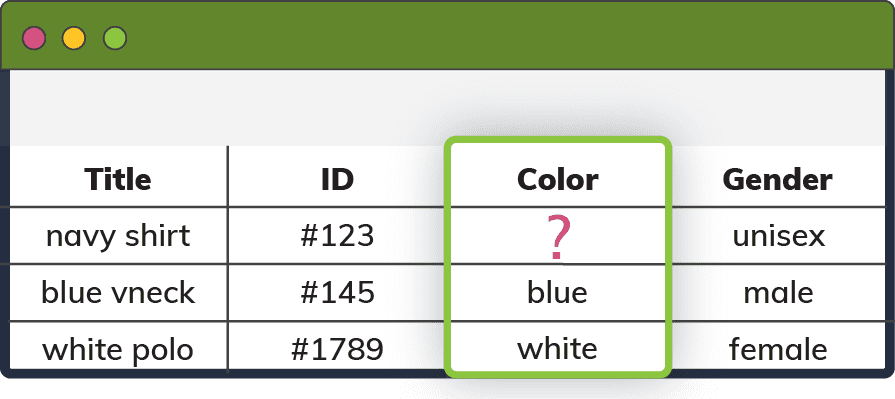
Check Google Merchant Center for Common Errors
These fixes are often pretty simple, but they go a long way toward improving your Google Shopping campaigns. Do you have any missing or mismatched attributes? Missing attributes are a common problem. Most retailers have the basics covered (like title, description, and product URL), but some product categories have additional requirements. Learn how to quickly fix missing product attribute data!
Check That Your Landing Page and Listing Match
Your landing page and listing need to match (including pricing). Don’t link a listing for a yellow t-shirt to a landing page for a green one. Often, this occurs when products have variants. If you have a listing with different variations, make sure each variant has its own URL. Google uses each landing page URL to determine unique products, so if all of your products of a certain parent SKU share the same landing page, only the one linked will be eligible to serve. This can greatly limit your impression share since you’ll miss out on terms related to the other variants!
Accuracy goes beyond product details, too. If you’re running promotions, make sure discounts are unique and aren’t already applied on the landing page. For example – you can’t add clearance pricing to a product and then try to advertise that new pricing as a promotion on Google Shopping. A 10% coupon that applies in the cart, though, is fair game.
C. Pricing (MAP Violations)
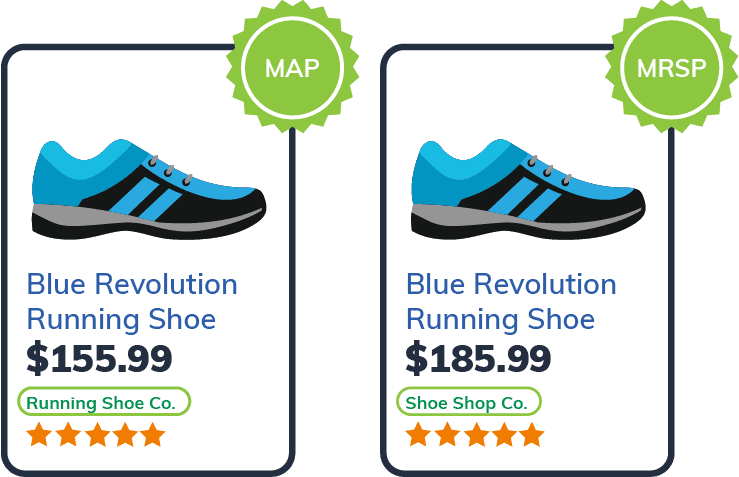
Benchmark Pricing Report
One major step way to improve your Google Shopping campaigns is to ensure your products are priced competitively with the other sellers in your industry. Check out Google’s benchmark pricing report to compare your product pricing to other sellers in your vertical. The report displays the difference between your pricing and the industry standard as a percentage. Google may calculate that your item is 10% above the benchmark, or 10% below, for instance.
Next, decide if you should change your price. Sometimes factors like costs make it impossible to adjust pricing. Other times, customers are actually willing to pay a premium for your product, so it doesn’t make sense to decrease the price.
Look at MAP Pricing
If your products have MAP pricing, match the pricing to MAP pricing. We recommend sorting by the price difference column to highlight the outliers. If you are already listing a certain product at MAP price, and it’s flagged as above the benchmark in the report, there’s a good chance another seller is violating MAP. Usually, a simple search for the product is enough to pinpoint the offending seller.
Learn more about MAP pricing in this blog: How to Price Your Products Competitively on Google Shopping.

2. Update Your Campaign Structure
Organize your campaigns so you can actually find what you’re looking for! After you do, you’ll actually be able to collect meaningful data to fix your Google Shopping campaigns—and direct spend with precision.
To tidy up your campaigns, dive into these 4 questions:
- How many products do you have in each ad group?
- Have you segmented your products by margin?
- Have you segmented your campaigns by query intent?
- Which networks do you advertise on?
A. How many products do you have in each ad group?
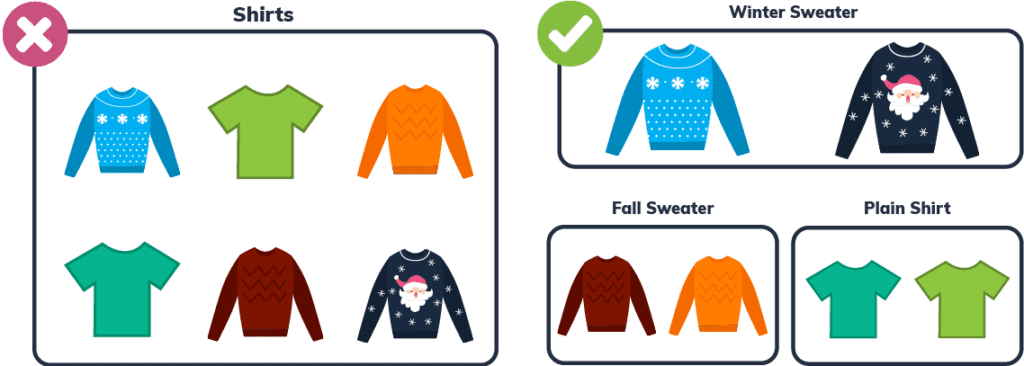
We don’t recommend a single ad group campaign structure. By putting all of your products in one ad group, it makes it difficult to tell which products are successful. It also limits reporting capabilities, device modifiers capabilities, and your ability to direct spend efficiently.
Instead, we recommend segmenting products according to attributes that are relevant to your products. Look beyond brands and categories, and consider attributes like gender, age, and peak season. You can also segment according to price tier or item performance. If you segment by performance, we suggest separating top sellers and poor performers into their own ad group—to have more control over your ad spend. At Omnitail, we do this using historical data. This will give you more control when it comes to directing spend. Learn how to segment items by performance in our whitepaper!
Available margin is the single most important factor for product segmentation: more on that in the next section!
Read this blog post to learn how to set up your shopping campaigns (the profitable way!)
B. Have you segmented by margin?
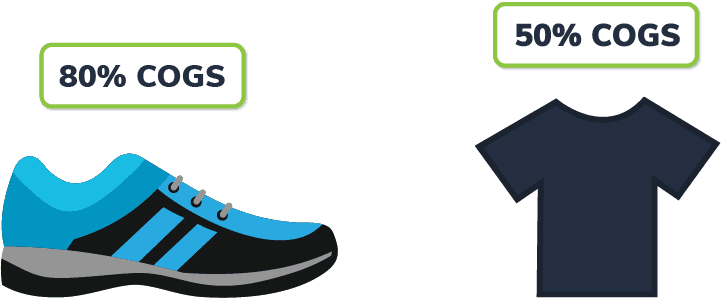
Segment by available margin to calculate profit effectively. If products with varying available margin are all part of the same ad group, it’s extremely difficult to determine how much profit that ad group actually drove or how much you can afford to spend to acquire a sale!
For example, the profitability of a segment whose products have a 20% available margin is likely to be much different from a segment with a 70% available margin. You wouldn’t want to direct spend to each the same way. By separating them, you can easily determine the profit-driven by each one, and allocate spend to those groups that are driving sales while limiting ad spend to those that aren’t.
Read this blog to learn more about segmenting products by margin.
C. Have you segmented your campaigns by query intent?
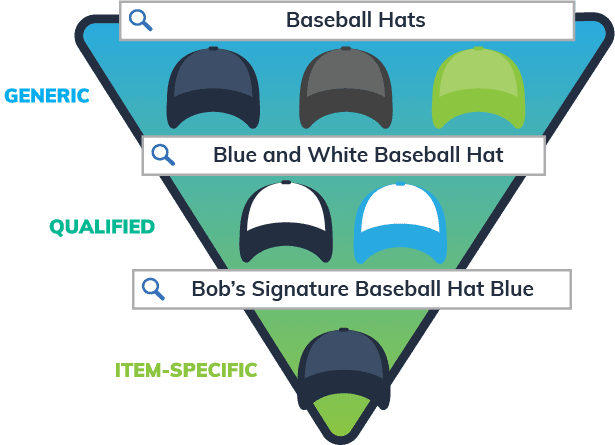
Making the most of your dollar is incredibly important if you want to improve your Google Shopping campaign performance. To direct spend more efficiently, segment keywords by shopping intent. Spend more for keywords that show higher intent to purchase. How do you do this?
Start by running an n-gram analysis. Identify one word, two word, and three word queries that are used often and drive conversions. Then segment these keywords into three categories: generic, qualified, and item-specific.
Generic queries are shorter and non-descript. They indicate the research phase of the buyer’s journey. Qualified are slightly more detailed, and indicate the buyer knows more about the product they want to purchase. Finally, item-specific queries are usually long tail, or might be branded. They show a specific item the shopper wants to purchase.
Learn more about query segmentation in Google Shopping.
D. Which networks are you running on?
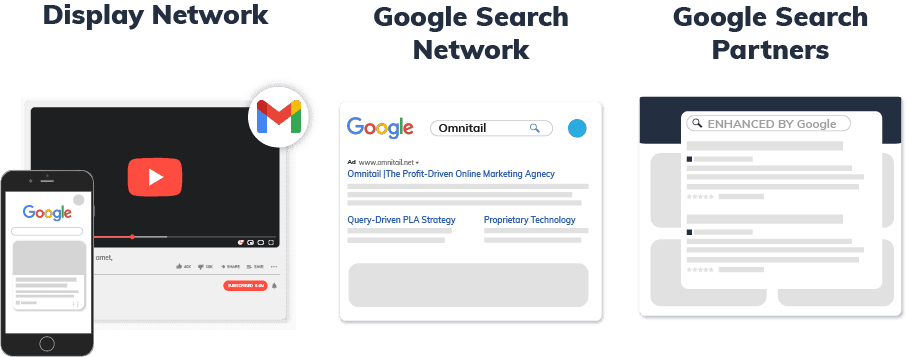
When you sell on Google Shopping, Google automatically opts you into the following networks: Google Search Network, Google search partners, and the Display Network. The Display Network includes YouTube, Gmail, and Google Discover.
Are any networks underperforming? Are any networks driving sales? Segment your campaign metrics by network to find out. If certain networks are really dragging down sales, consider opting out. Keep in mind, however, that you can’t only opt out of YouTube on the Display Network—you will have to choose not to advertise on Display at all.
Stay up to date with Google news, as they often add new features or change settings.

3. Understand and Improve Your Google Shopping Strategy
The new year is a great time to reassess your strategy. Look at your goals, and make sure your strategy helps you track and achieve success.
Start by looking at your main performance metric. Then, look at how often you are making adjustments. It is important to update bids frequently to keep your strategy up to date. Finally, make sure your lookback window aligns with your industry. Answer these three questions to update your strategy:
- Are you measuring profit?
- How often are adjustments made?
- Does your lookback window match your industry?
A. Are you measuring profit?
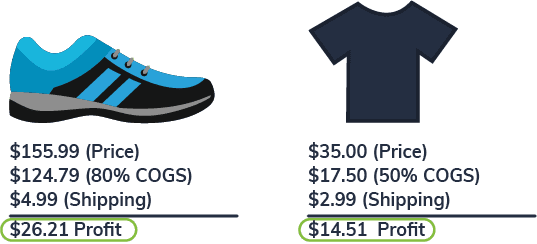
Most agencies and in-house marketing teams optimize Google Shopping campaigns against metrics like ROAS, ROI, A/S, or CPO/CPA. These are great metrics for measuring efficiency: but they won’t offer the best opportunity to maximize profit.
These metrics won’t account for business-critical considerations like cost of goods and variable overhead. As a result, these metrics really only offer a partial picture of performance. Campaigns that seem like they have really good ROAS results—even 12x or more – could in fact be running unprofitably.
By tracking costs, you can start to get a picture of your overall account performance—and start tracking profit. Once you start tracking profit, you can maximize profit!
Learn more about tracking profit in this guide.
B. How often are adjustments made?
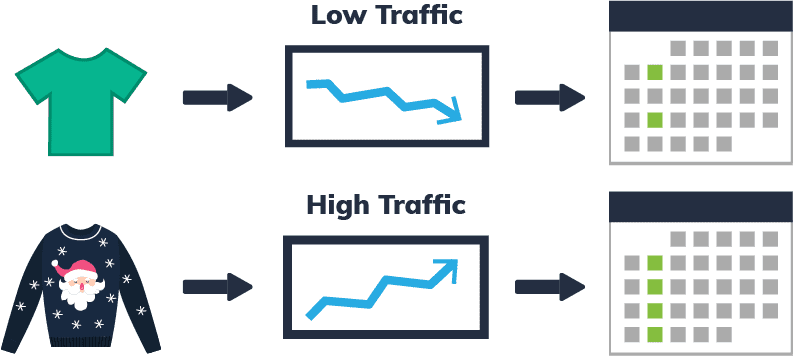
Continuously update your Google Shopping bids. Typically, we suggest updating bids as soon as new statistically significant data is available. For higher-traffic ad groups, this might be once a week; lower-traffic groups may only need to be updated every other week or even once a month.
Seasonality is also an important factor in deciding how often to update bids. If your products are in peak season, you need to adjust bids much more often than in off-season. Many retailers find this to be true around the holidays, especially. Peak days like Black Friday may require bid adjustments throughout the day.
Learn more about bidding profitably on Google Shopping.
C. Does your lookback window match your industry?
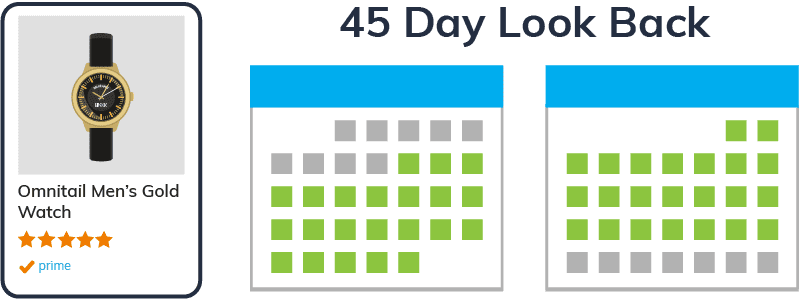
Lookback window is the first thing you should consider when adjusting Google Shopping bids. Some ad groups will have significant results in a shorter lookback window; others may need a longer window to gather enough data to be statistically significant.
If your business has a long sales cycle, you most likely need a longer lookback window. For example, if you sell high-end jewelry, shoppers probably take longer to decide to purchase. Thus to attribute sales, you will need to view data over a longer period of time.
Seasonality is also a factor—if your business is coming out of season, you should carefully consider your lookback window to avoid including data that won’t represent future performance.

4. Check Ad Settings
After you’ve optimized your product feed, campaigns, and strategy, your account is pretty much good to go! You need to make sure it stays that way, though. Google will occasionally auto-apply ad settings, so double-check occasionally to ensure nothing’s changed.

Sometimes Google hits the mark and makes a successful ad. Other times, you might be wasting valuable ad dollars. If you use this feature, make sure your ads stay relevant, have a clear CTA, and are successfully driving conversions.
If you want more control over this feature, go to account settings and click “Don’t automatically apply ad suggestions”. Now you can still access suggestions, but you won’t waste spend on questionable ad copy.








